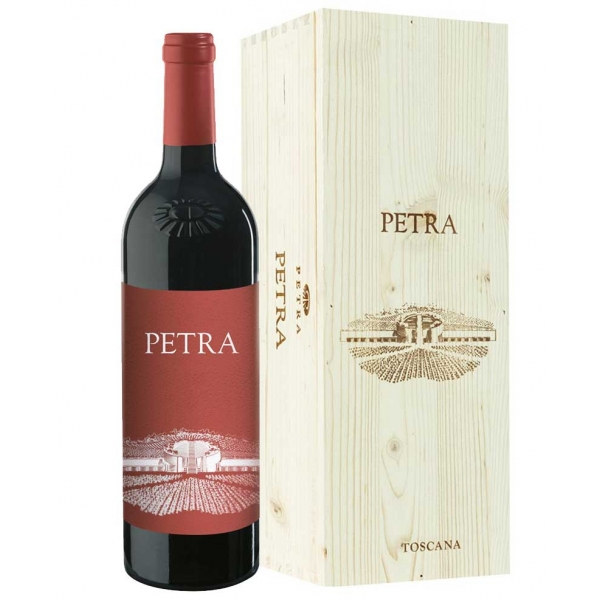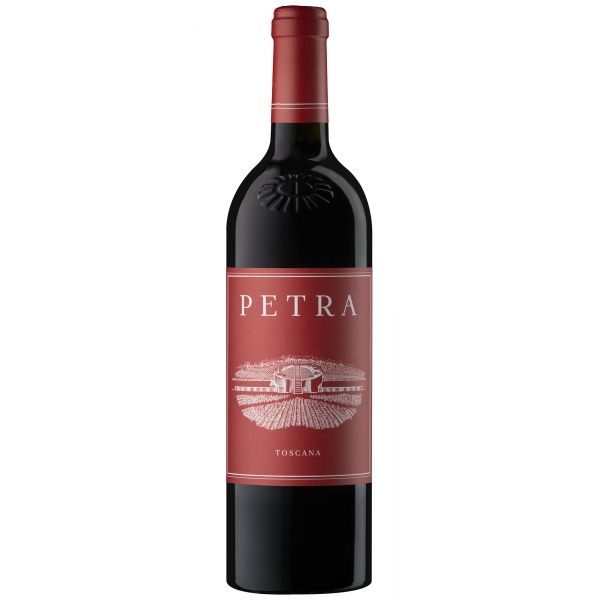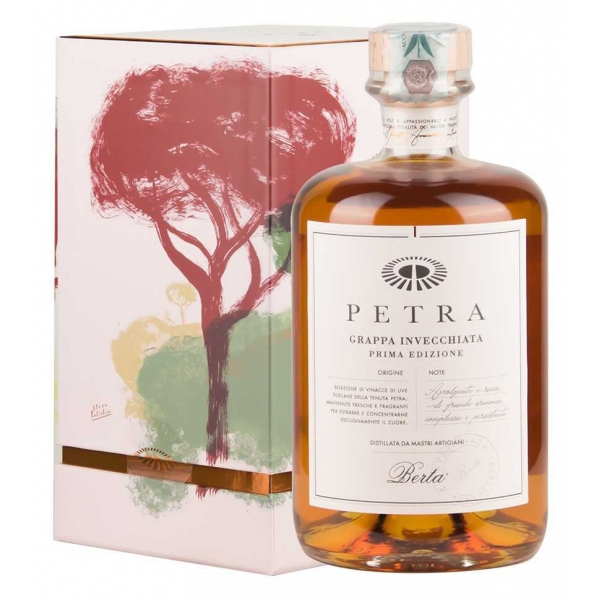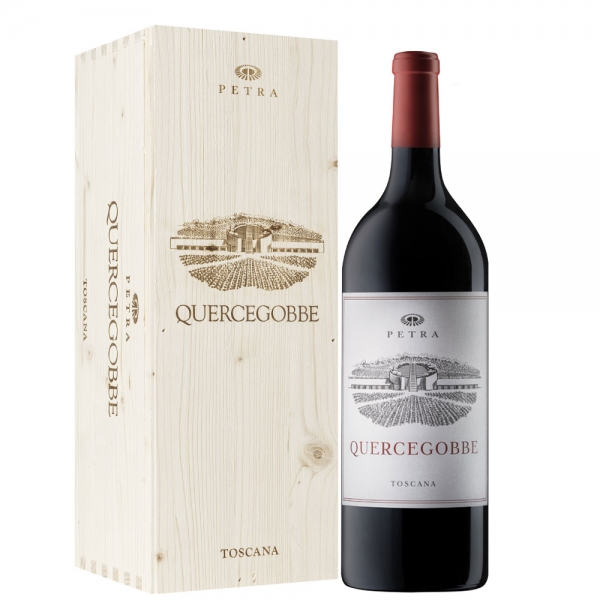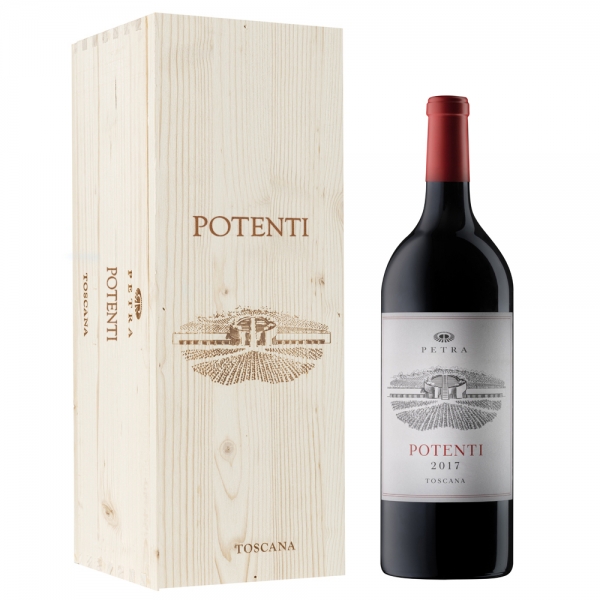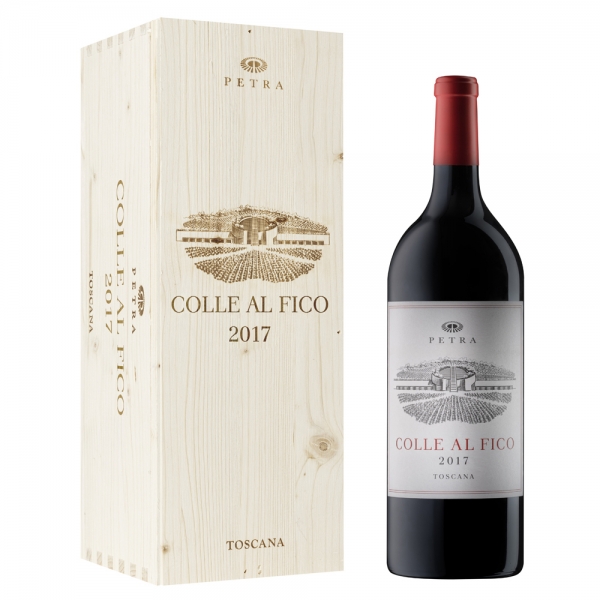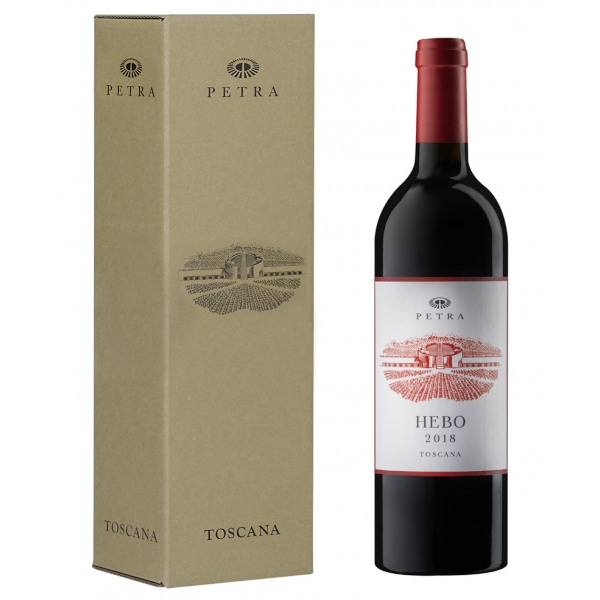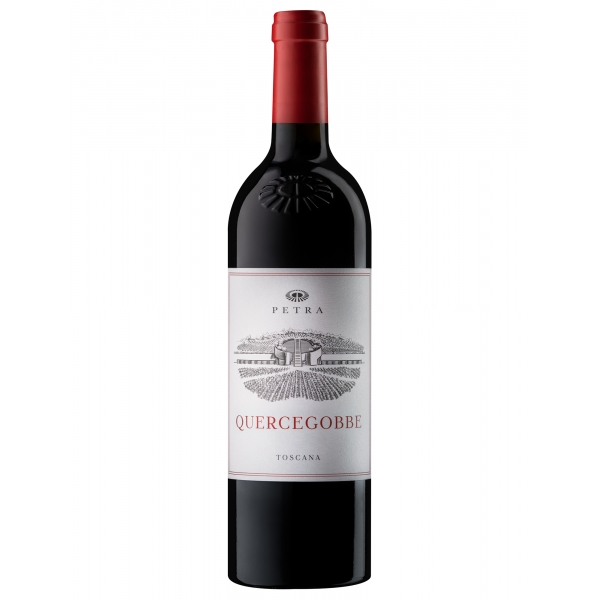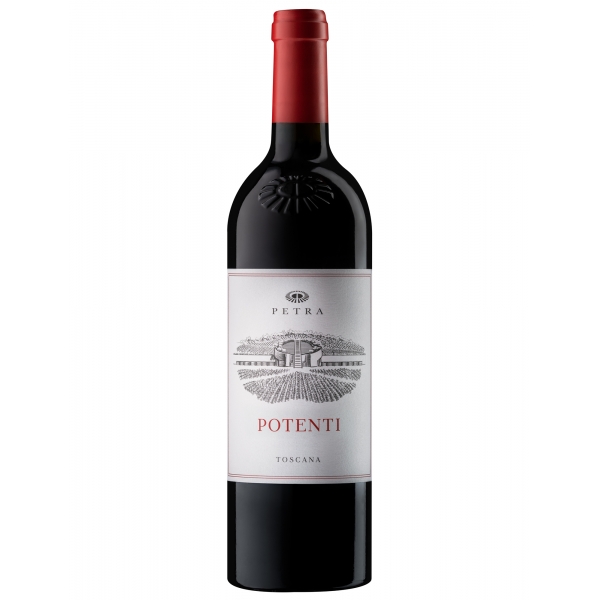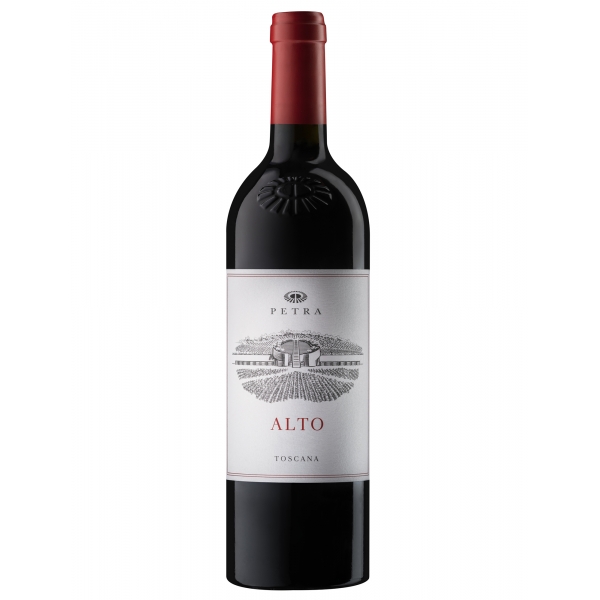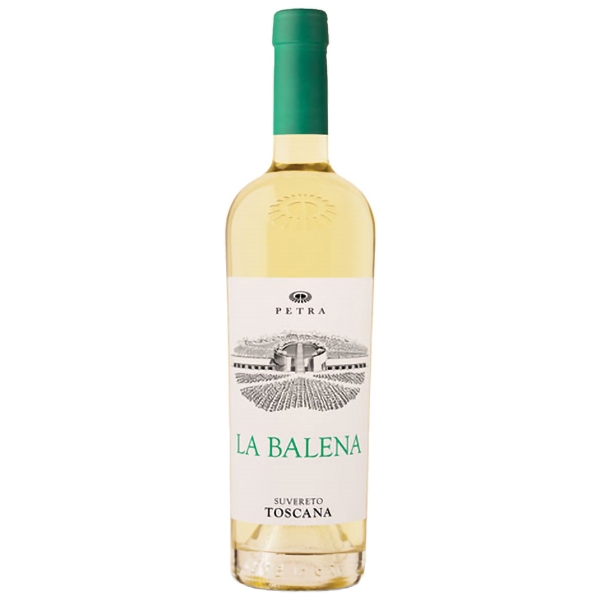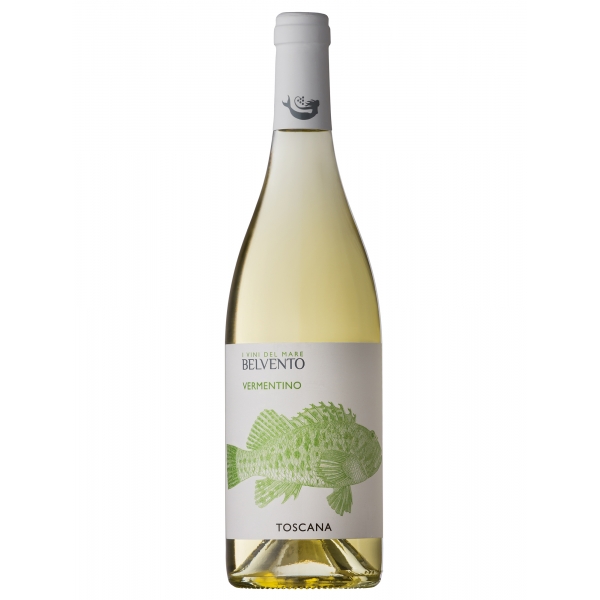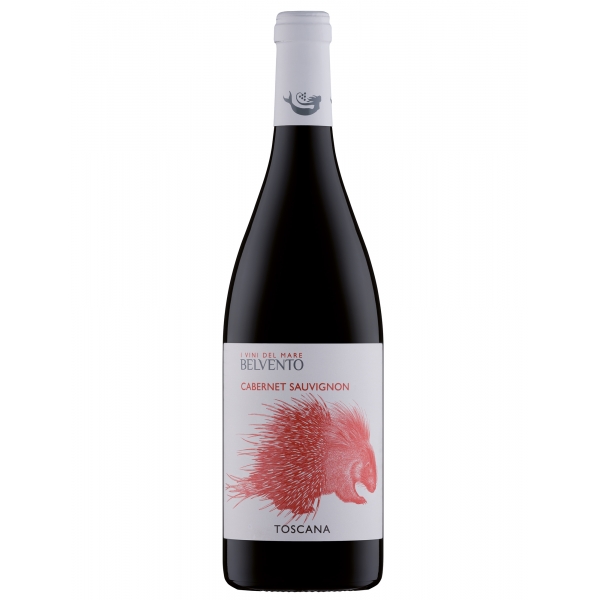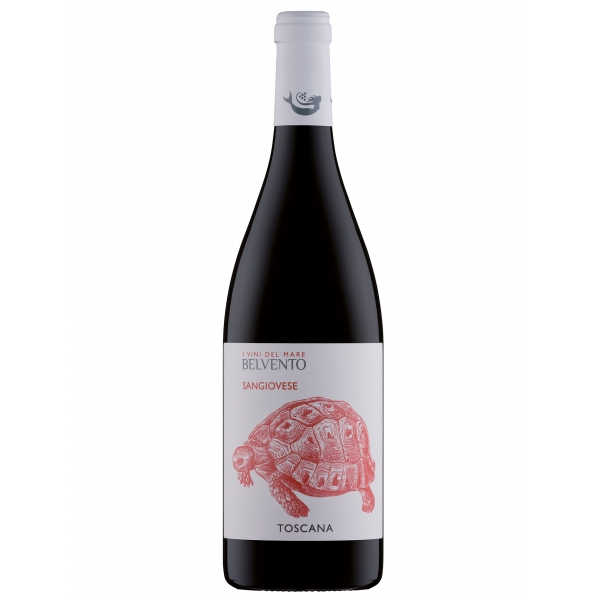No products
Categories
- Fashion Accessories
- Clothing
- Beauty & Lifestyle
-
Hi-Tech & Lifestyle
- Gaming
-
Case
- iPhone 11 Pro
- iPhone 11 Pro Max
- iPhone 11
- iPhone X / XS
- iPhone XS Max
- Samsung S10 / S10+ / S10e
- Huawei P30 / P30 Pro / P30 Lite
- Huawei P20 / P20 Pro / P20 Lite
- iPhone XR
- Samsung S9
- Samsung S9+
- iPhone 8 / 7
- iPhone 8 Plus / 7 Plus
- Samsung S8
- Samsung S8+
- Samsung S7
- Samsung S7 Edge
- iPhone 6 / 6 s
- iPhone 6 Plus / 6 s Plus
- iPhone 5 / SE
- Skin
- Audio
- Smart Home
- Drones & Hoverboard
- Photo & Video
- Desk Supplies
- Accessories
- Games
- Beverages
- Food
- Home
- Jewelry
- Luxury
- Travel
- Art
- Footwear
- Vintage Fashion
- Restaurants
- Sport
- Animals
- Gift Ideas
- Kidswear
Extra
Viewed Products
-

Petra - Colle al Fico - D.O.C.G. - Red Wines - Luxury Limited Edition - 750 ml
Colle al Fico is one of the best crus...
Petra
The Wonderful Story of a Female Challenge
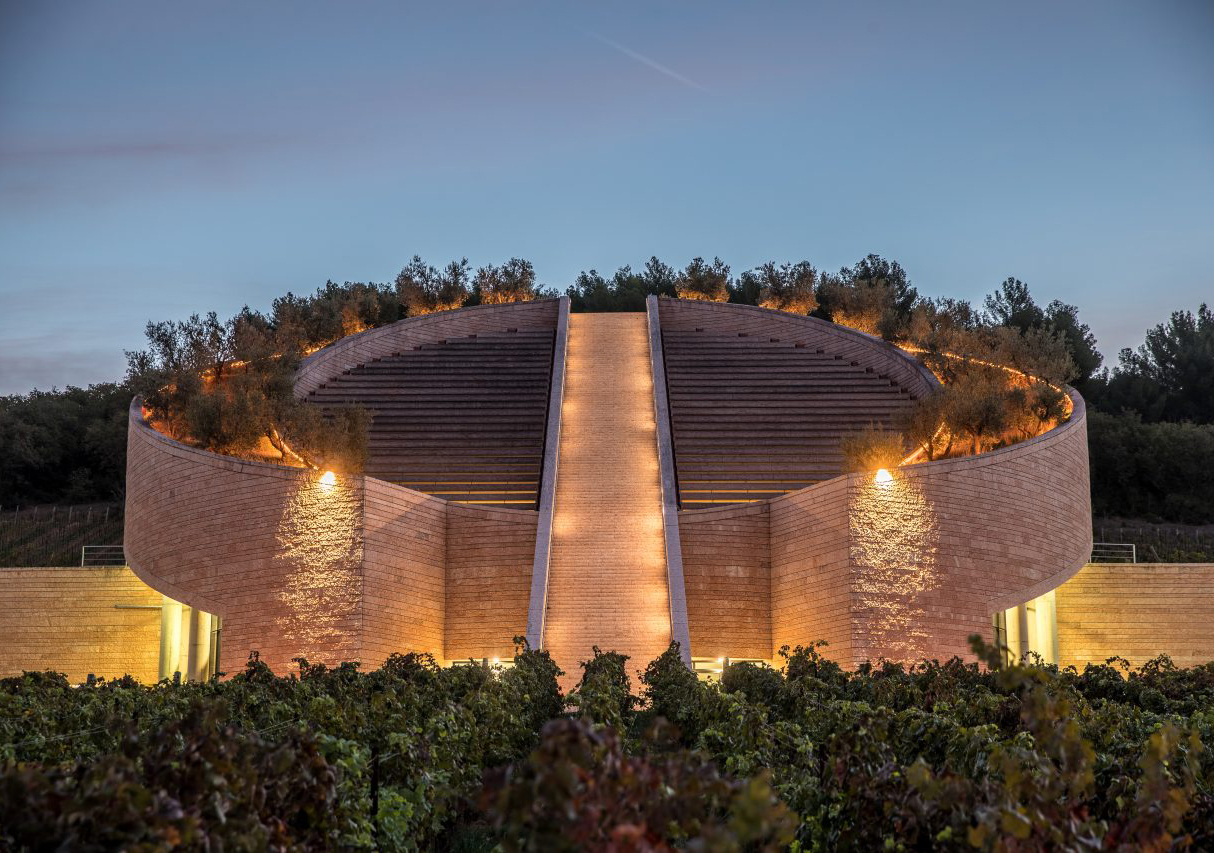
The memory of nature has deep roots. Francesca Moretti was still at university when the first vine varietals were planted: she was the one who chose, on the basis of an already clear vision, what to grow on this terroir, extremely suitable but ready for a new reinterpretation, and her choice favoured international varieties, in addition to sangiovese and vermentino varieties, the start of a path which was already pointing to the highest levels of delightfulness and contemporaneity. Two centuries earlier, Elisa Bonaparte, too, had planted cabernet-sauvignon and Merlot grapes in a 5-hectares plot which later became known as the Princess Vineyard. A circle that closes in our times, with the project that has been lovingly planned by Francesca, to recreate the historical Vineyard in the places that saw her grow up. The Princess Elisa’s Gardens is included in this, a collection of aromatic herbs which faithfully reproduces the original plan, on a panoramic terrace adjacent to the winery, according to the illustration of the historical botanist Paolo Tomei, from the University of Siena.
Presentation Petra
- 1
- 2
-
Petra - Petra - D.O.C.G. - Magnum - Wooden Box - Red Wines - Luxury Limited...
Symbol of the project itself, so much so that it bears its name, Petra tells ancient stories with new words. Cabernet Sauvignon and Merlot grapes are harvested manually on soils chosen to enhance the characteristics of the vine and bring out its distinctive features. The same happens for cabernet franc, introduced in 2018, a variety that has found fertile...
120,00 € -
Petra - Petra - D.O.C.G. - Wooden Box - Red Wines - Luxury Limited Edition -...
Symbol of the project itself, so much so that it bears its name, Petra tells ancient stories with new words. Cabernet Sauvignon and Merlot grapes are harvested manually on soils chosen to enhance the characteristics of the vine and bring out its distinctive features. The same happens for cabernet franc, introduced in 2018, a variety that has found fertile...
48,00 € -
Petra - Petra - D.O.C.G. - Red Wines - Luxury Limited Edition - 750 ml
Symbol of the project itself, so much so that it bears its name, Petra tells ancient stories with new words. Cabernet Sauvignon and Merlot grapes are harvested manually on soils chosen to enhance the characteristics of the vine and bring out its distinctive features. The same happens for cabernet franc, introduced in 2018, a variety that has found fertile...
43,50 € -
Petra - Grappa Aged Petra - First Edition - Spirits and Distillates - Luxury...
A selection of Tuscan grape marc kept fresh and fragrant to extract and concentrate exclusively the heart. A journey, from Tuscany to Piedmont, a raw material that does not exhaust its strength in wine, but returns to live in French oak stills and barriques.
44,90 € -
Petra - Quercegobbe - D.O.C.G. - Magnum - Wooden Box - Red Wines - Luxury...
A real cru from which the Merlot grapes with which the wine is produced come. Quercegobbe is located in an ideal position, on the edge of the Mediterranean maquis but close to the cellar, on a well-ventilated hill overlooking the sea.
49,00 € -
Petra - Potenti - D.O.C.G. - Magnum - Wooden Box - Red Wines - Luxury Limited...
The vineyard from which the Cabernet Sauvignon grapes come from benefits from the balanced relationship between the clay component and the skeleton, as well as from the good slope of the soil.
42,50 € -
Petra - Colle al Fico - D.O.C.G. - Magnum - Wooden Box - Red Wines - Luxury...
Colle al Fico is one of the best crus of the company and takes its name from the toponym of the vineyard from which the syrah grapes with which it is produced come. The soil on which the rows rest is calcareous clay, well ventilated by the sea breeze.
49,00 € -
Petra - Alto - D.O.C.G. - Magnum - Wooden Box - Red Wines - Luxury Limited...
Alto represents one of the most marked expressions of the territory. Its geological and microclimatic characteristics are clearly expressed through a grape variety, Sangiovese, which has its chosen homeland in Tuscany.
44,50 € -
Petra - Hebo - D.O.C.G. - Magnum - Gift Box - Red Wines - Luxury Limited...
Name of an Etruscan settlement of very ancient origin, Hebo refers to the historical roots of Suvereto. It is produced with a classic blend of cabernet sauvignon, merlot and sangiovese, vines introduced in the area by Elisa Bonaparte Baciocchi, princess of Piombino since 1805 and enlightened woman of wine.
31,20 € -
Petra - Quercegobbe - D.O.C.G. - Red Wines - Luxury Limited Edition - 750 ml
A real cru from which the Merlot grapes with which the wine is produced come. Quercegobbe is located in an ideal position, on the edge of the Mediterranean maquis but close to the cellar, on a well-ventilated hill overlooking the sea.
21,50 € -
Petra - Potenti - D.O.C.G. - Red Wines - Luxury Limited Edition - 750 ml
The vineyard from which the Cabernet Sauvignon grapes come from benefits from the balanced relationship between the clay component and the skeleton, as well as from the good slope of the soil.
21,50 € -
Petra - Colle al Fico - D.O.C.G. - Red Wines - Luxury Limited Edition - 750 ml
Colle al Fico is one of the best crus of the company and takes its name from the toponym of the vineyard from which the syrah grapes with which it is produced come. The soil on which the rows rest is calcareous clay, well ventilated by the sea breeze.
21,50 € -
Petra - Alto - D.O.C.G. - Red Wines - Luxury Limited Edition - 750 ml
Alto represents one of the most marked expressions of the territory. Its geological and microclimatic characteristics are clearly expressed through a grape variety, Sangiovese, which has its chosen homeland in Tuscany.
21,50 € -
Petra - Hebo - D.O.C.G. - Red Wines - Luxury Limited Edition - 750 ml
Name of an Etruscan settlement of very ancient origin, Hebo refers to the historical roots of Suvereto. It is produced with a classic blend of cabernet sauvignon, merlot and sangiovese, vines introduced in the area by Elisa Bonaparte Baciocchi, princess of Piombino since 1805 and enlightened woman of wine.
12,20 € -
Petra - La Balena - I.G.T. - White Wines - Luxury Limited Edition - 750 ml
The name of the wine comes from an ancient oral tradition that identifies the toponym of the vineyard from which it comes. The sandy, slightly calcareous agrillo soils are cultivated with viognier.
12,20 € -
Petra Belvento - Vermentino - D.O.C.G. - White Wines - Luxury Limited Edition...
A Vermentino vinified in purity, to enhance the soft and fruity nature typical of this vine. Here, in the Tuscan Maremma, it has been able to express distinctive and unique characteristics, typical of a land tempered by long summers and softened by the fresh sea breezes that come from the Tyrrhenian Sea.
10,90 € -
Petra Belvento - Viognier - D.O.C.G. - White Wines - Luxury Limited Edition -...
In this part of the Tuscan Maremma the viognier can express itself at its best thanks to the minerality of the soils that have compact, calcareous and uniform banks. The wind and the heat of this land allow the ideal ripening of the berries which are small in thickness and crunchy.
10,90 € -
Petra Belvento - Ansonica - D.O.C.G. - White Wines - Luxury Limited Edition -...
Ansonica, already known in Sicily as inzolia, is one of the oldest native vines in Sicily and from here it would have arrived on the Tuscan coast and its archipelago by Greek merchant ships. Anxonica benefits from hot and dry climates that allow this late vine to reach full ripeness, characterized by large and thick-skinned berries, to give dry and dry...
10,90 € -
Petra Belvento - Velarosa - D.O.C.G. - Rosé Wines - Luxury Limited Edition -...
Grenache: the fourth most cultivated grape in the world. A vine that in Maremma, a sunny and windy land, reaches the ideal ripeness for the production of full-bodied, savory rosé wines with great aromatic complexity.
10,90 € -
Petra Belvento - Cabernet Sauvignon - D.O.C.G. - Red Wines - Luxury Limited...
Tuscany is the elective homeland of cabernet sauvignon and the northern Tuscan Maremma is one of the most suitable areas for its cultivation. The “Belvento: I Vini del Mare” selection is born in this strip of land, squeezed between the sea and the hills.
10,90 € -
Petra Belvento - Sangiovese - D.O.C.G. - Red Wines - Luxury Limited Edition -...
The Sangiovese grape has very ancient origins. As such it has been known since 1500, but its genesis is probably much more remote and dates back to the first settlements of the Etruscans and Romans who cultivated vines here, tearing fertile land from the marshes and passing on the culture of wine up to the days our. Sangiovese is a vigorous vine in this...
10,90 €
- 1
- 2




